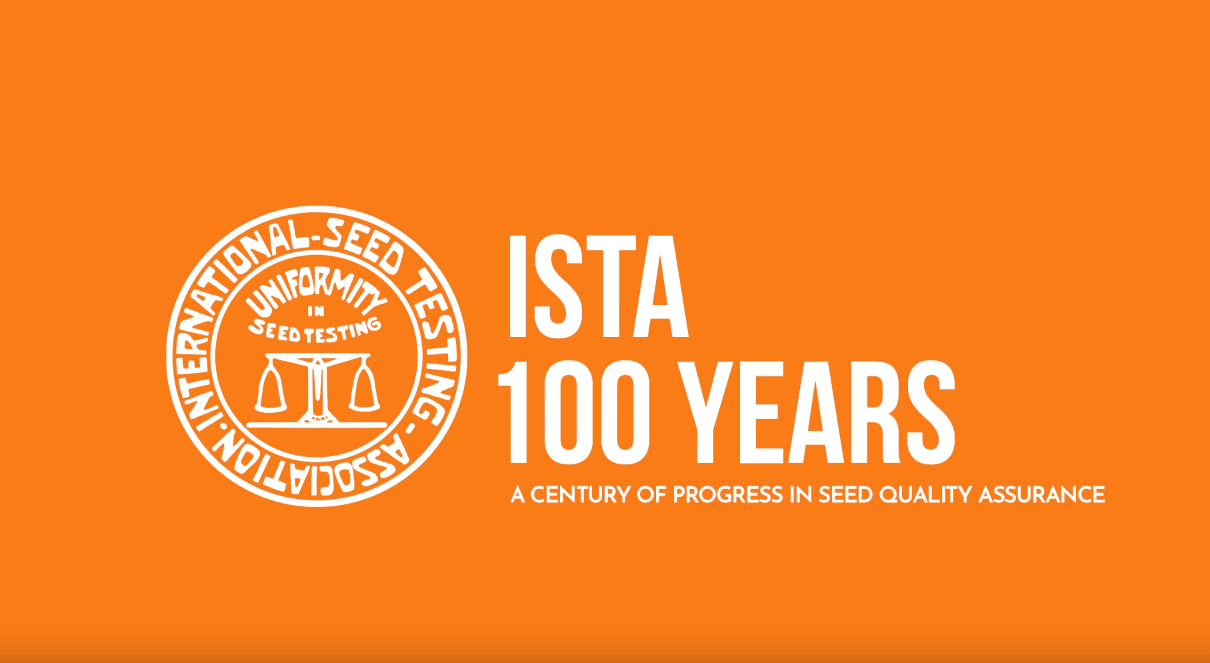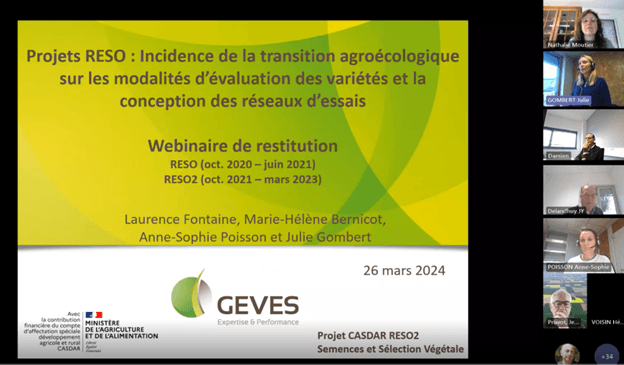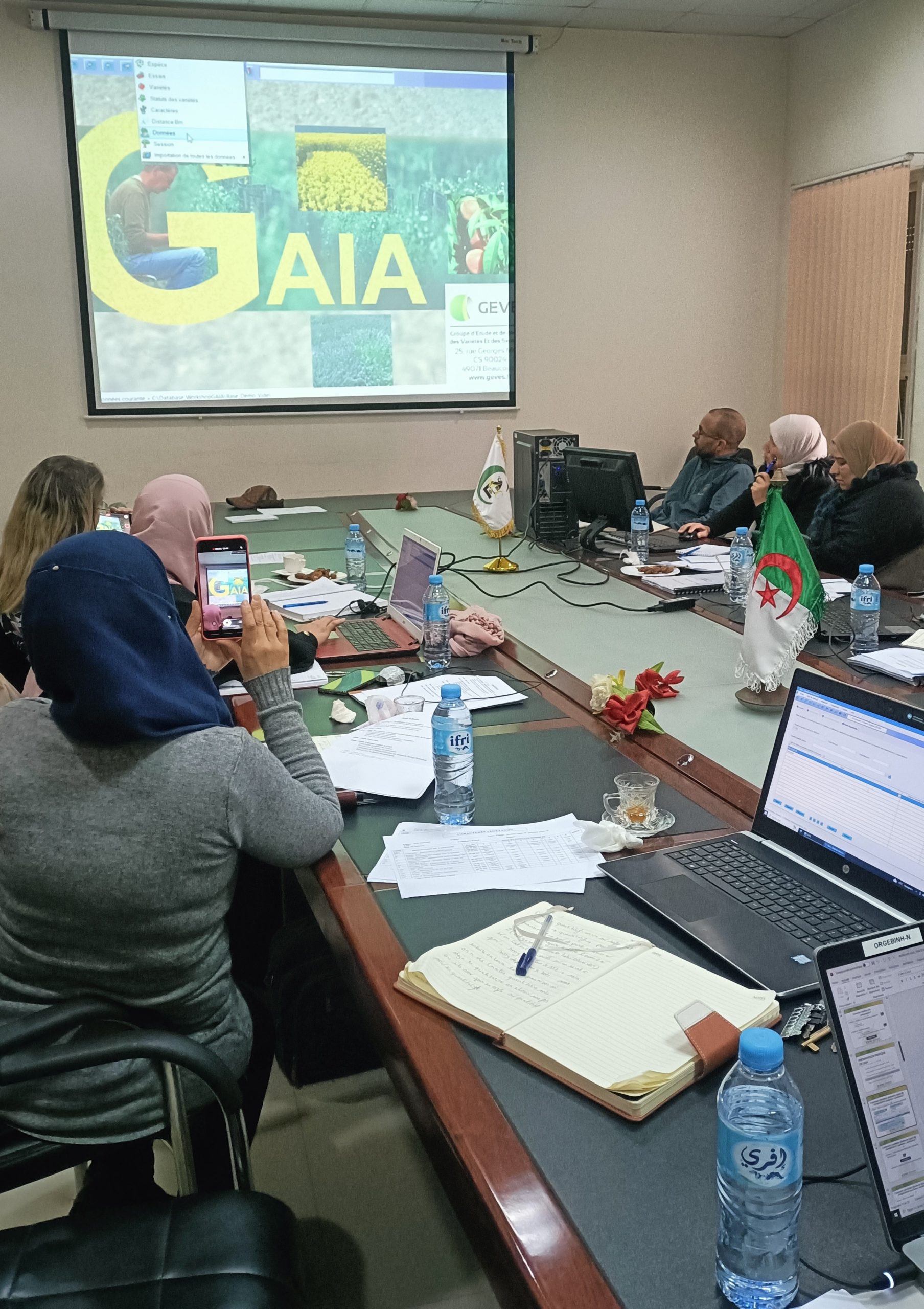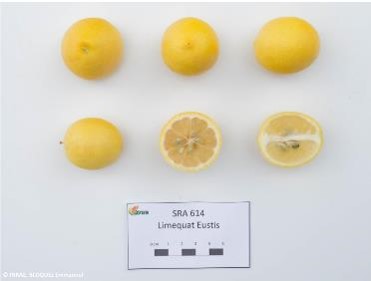
Review of the CTPS Plant Genetic Resources Section – 24 May 2022
The last PGR Section meeting was held on the 24th of May in a hybrid format: face-to-face in Paris and also by videoconference. It should be noted that this was the first time in just over two years that a third of the Section’s members met face-to-face. This mode greatly facilitates exchanges and debates and, above all, allows us to renew our social ties.
This meeting was an opportunity to present an update report on the actions implemented in 2021 following the CTPS Plant Genetic Resources Section roadmap established in the framework of the new « Seeds and Plants for Sustainable Agriculture plan » (SPAD). Actions related to the structuring of plant genetic resources, working groups were set up in particular to specify the expectations in terms of resources and associated data of what should make up the national collection, as well as to specify the legal implications related to the adding into the National Collection.
During this meeting, the members of the Section gave their opinion on four applications to add new resources to the National Collection:
- 570 barley accessions were presented by INRAE, Small grain cereals Biological Resources Centre on the behalf of the Small grain cereals public-private cooperation network;
- 233 rye, spelt, einkorn and various durum wheats accessions and wild related were presented by INRAE, Small grain cereals Biological Resources Centre;
- 124 carrot accessions were presented by the Institut Agro Rennes-Angers, Carrots and other Apiaceae vegetables Biological Resources Centre on behalf of the Carrots and other Daucus public-private cooperation network;
- 103 lettuce accessions were presented by INRAE, Vegetable Biological Resources Centre on behalf of the Lactuca public-private cooperation network.
The Section’s advice must yet be approved by the Ministry of Agriculture; and must be published in the official journal to be effective; it is only then that the new adding to the National Collection will become effective. The new accessions of the National Collection will also be submitted to the European database Eurisco.





